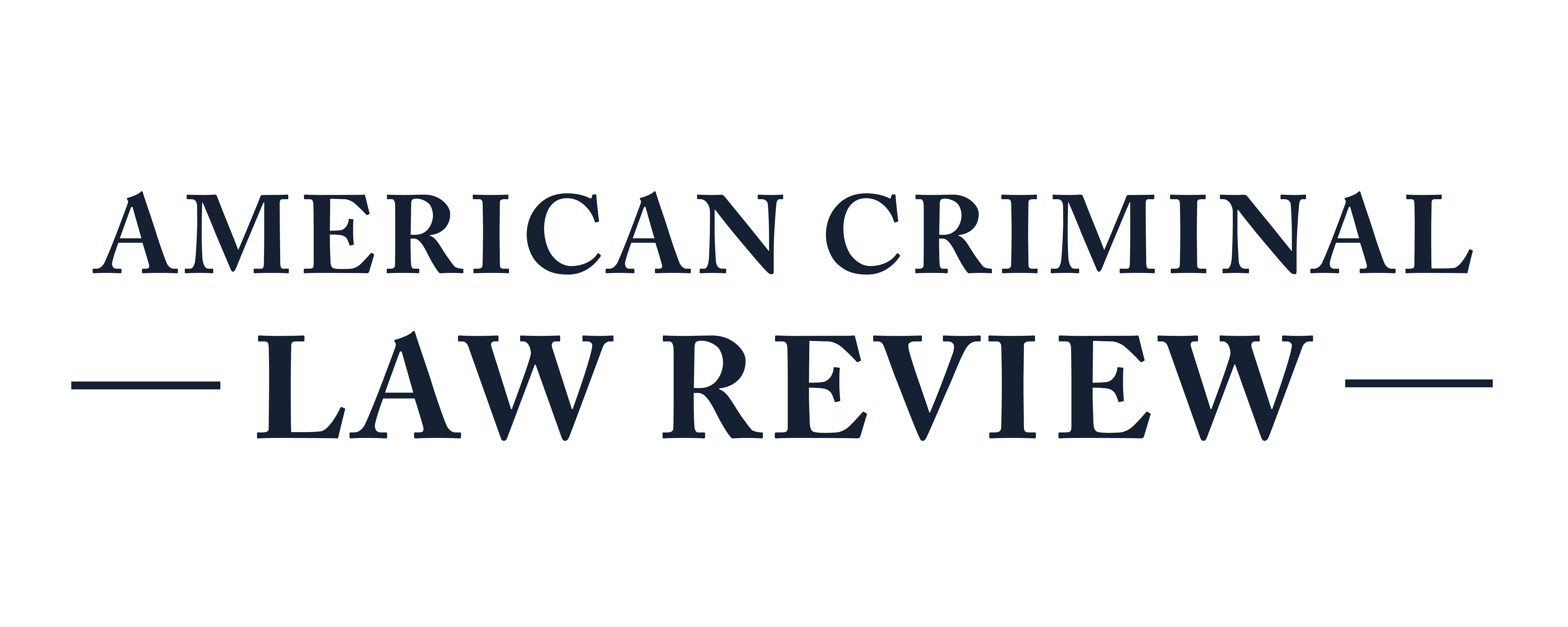Using the Power of “Me Too” Evidence in Criminal Sexual Assault Trials
In October 2017, “#MeToo” became “an internet phenomenon,” a “viral awareness campaign” that inspired millions of social media posts after dozens of women publicly accused Harvey Weinstein of sexual misconduct. In reality, the “me too” movement was founded back in 2006 by Tarana Burke in an attempt to help women and girls who had survived sexual violence. Twelve years later, the movement encouraged women to come forward and announce that they are the victims of Harvey Weinstein, Charlie Rose, Matt Lauer, and others. While the movement has taken popular culture by storm, its impact on the American legal system, especially on evidentiary rules, is yet to be seen.
Generally, “me too” evidence refers to evidence of the accused’s alleged misconduct in a similar form against those other than the victim of the present offense. Such evidence may pose an issue because the jury might use it to make the impermissible inference that the defendant bears a certain evil character and therefore committed the present charge. Evidence of additional victims may confuse the jury and prolong the trial, and courts for this reason may also exclude “me too” evidence.

